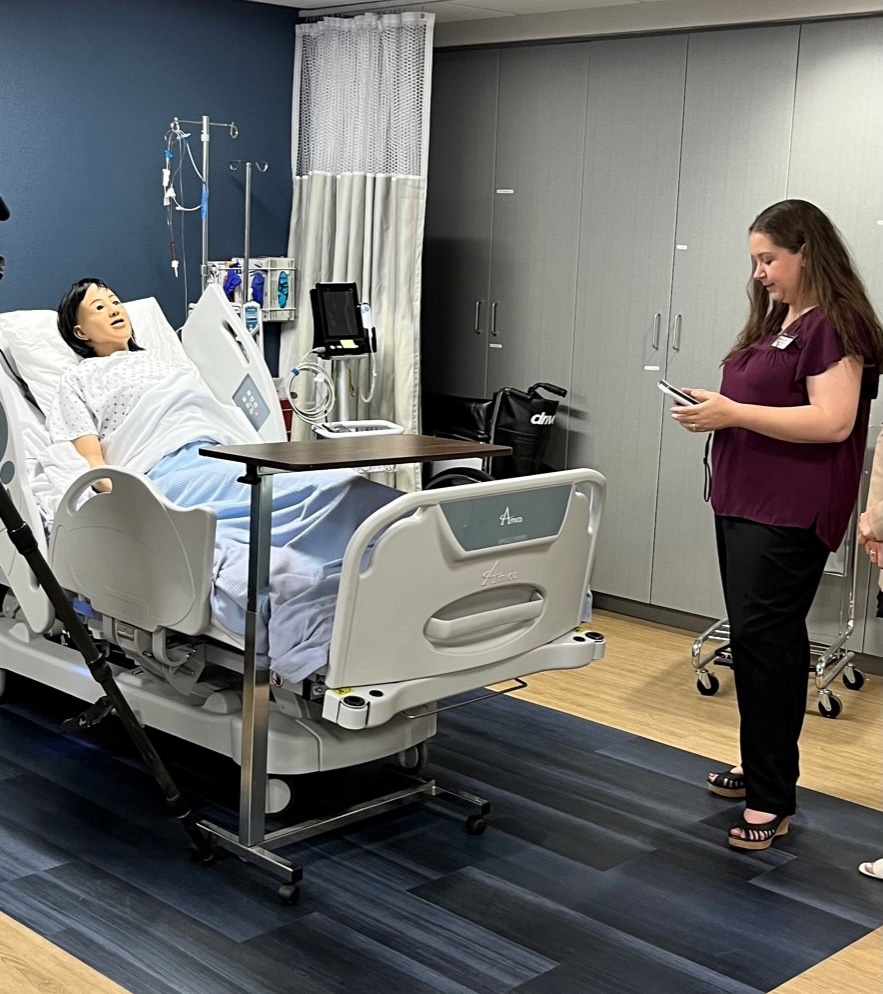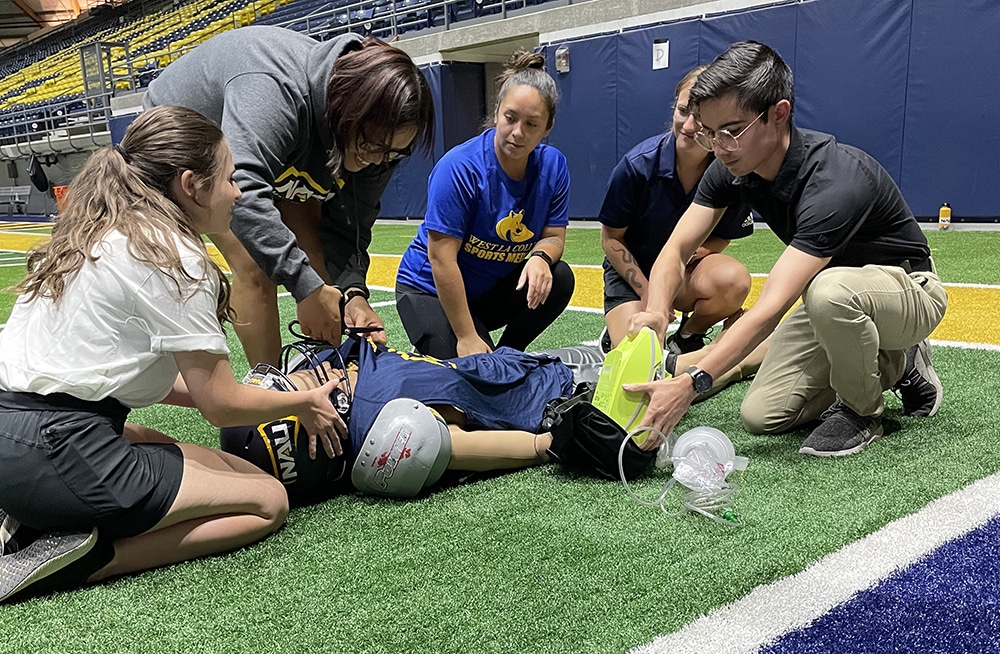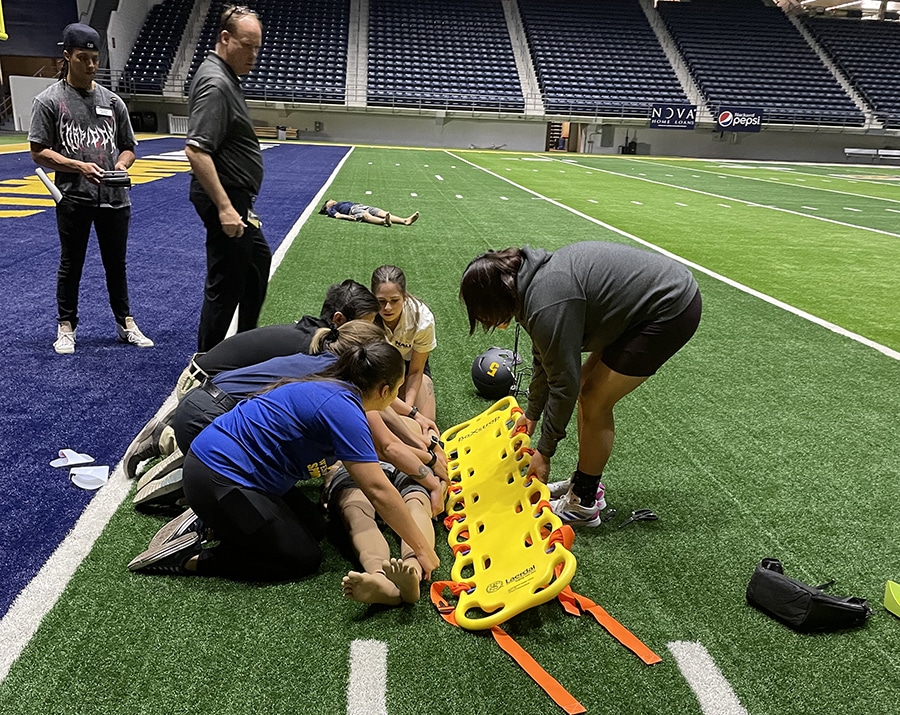The basement of the du Bois Center, known colloquially as “the DüB,” has undergone numerous changes throughout its lifetime. Last year, students could find a place to study and even take some classes down there. In the ‘80s, the DüB’s basement was home to NAU’s Police Science Department and was equipped with everything from a crime lab to a shooting range. In fact, the Benchmark statue, often referred to as the “French fry sculpture,” that towers over the south field outside the DüB was once used as a ventilation system for the shooting range.

The School of Nursing is now equipped with a state-of-the-art simulation lab to ensure students can get the best practical experience before they go out into the field and begin dealing with the startling prospect of an actual patient. The lab effectively bridges the gap between page and practice.
At the core of this new simulation lab are the high-fidelity simulation manikins that have a seemingly endless number of applications. Though the school has been practicing nursing simulation for a decade, this is the first time it has a 10,000-square-foot facility dedicated to it.
“We can mimic what it would be like to take care of a real person,” said Jennifer Rossetti, professor in the School of Nursing and facilitator at the simulation lab. “The first time you insert a catheter or something like that, it might be nerve-wracking. Students can practice these skills and assessments, shake off that nervousness and hone their skill set.”
The lab doesn’t just help nursing students. This resource can help all students pursuing health care degrees through the power of interprofessional education. Recently, some of the manikins were brought to the Walkup Skydome where athletic training students practiced on-field simulations. Corey Oshikoya, assistant clinical professor in the athletic training program, helped facilitate the athletic training simulation along with Rossetti.
The realistic scenario is important because all emergency treatment for issues such as a cardiac arrest must occur on the field with all the sports equipment still on the athlete. In this clinic, the manikins were fitted with helmets and jerseys that students had to work around and slice through to properly provide treatment in a timely manner.
“The simulation focused on patients who were essentially deceased, had gone into cardiac arrest and therefore didn’t have a pulse. This is best
The new simulation lab ensures that future generations of health care providers can train and become highly skilled, practice-ready professionals through interprofessional education. “Overall, the ability for our department to partner with the School of Nursing and for us to be able to use their simulation units, to take them over to an environment which our students will be working in and give them kind of a realistic view of how patients may end up and how to provide care for them has an immeasurable impact and is only possible through interprofessional education,” Oshikoya said.
Rossetti hopes that partnerships like this can continue, and NAU students in the College of Health and Human Services across multiple degrees can benefit from the lab.
“The creation of this simulation lab marks the beginning of a new life for the basement of the DüB, one dedicated to meeting the demand for passionate, dedicated and skilled health care workers throughout the state of Arizona and beyond,” she said.
Julius Happonen | College of Health and Human Services




